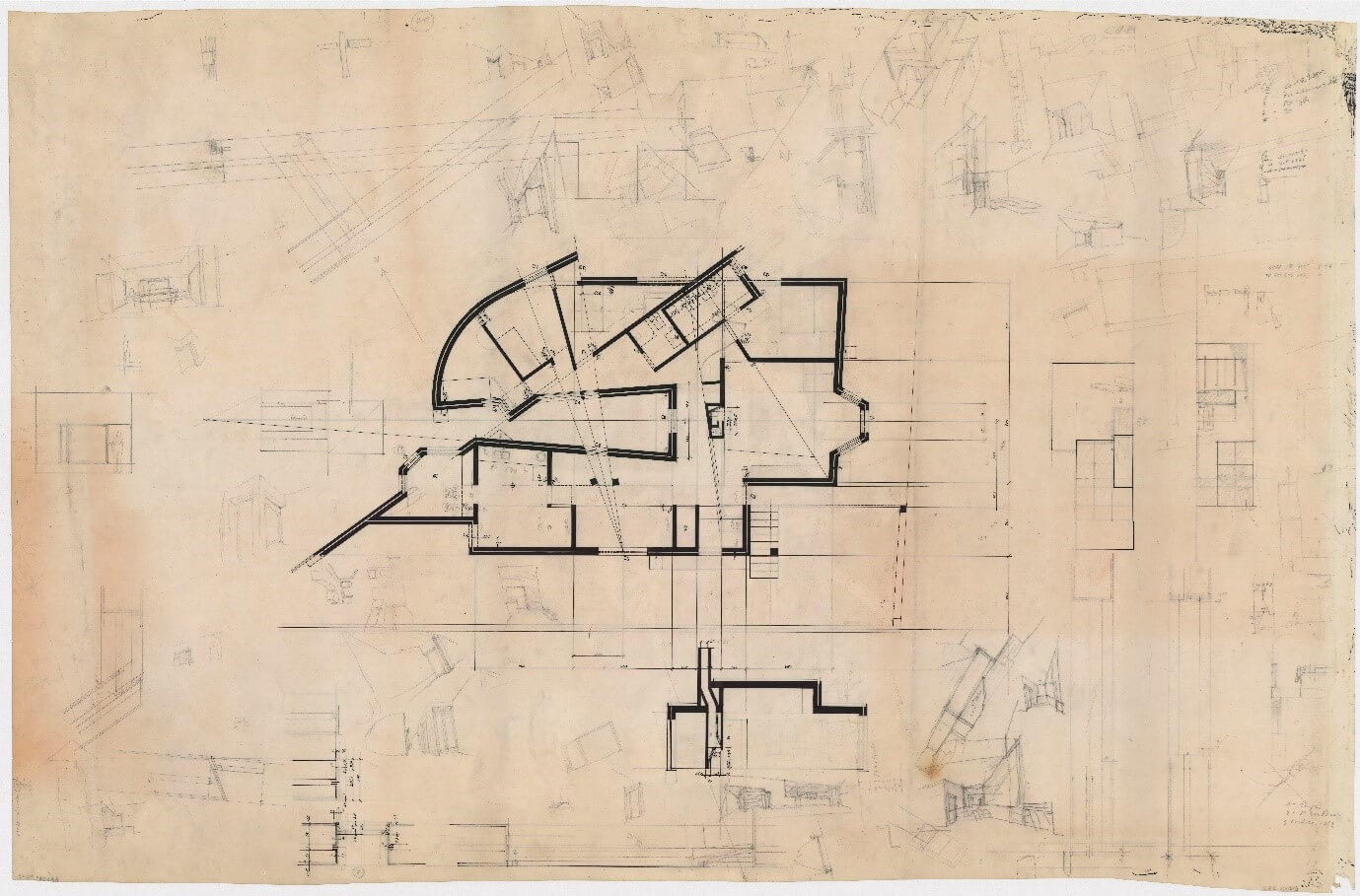“Siza Baroque” is a research project designed to highlight the relationship between the idea of the Baroque and the work of Álvaro Siza. The Baroque is an attempt to reconstruct classical reasoning. The Baroque aspires to the complexity that is characteristic of difficult things. The Baroque is elliptical and oval, not only formal but also in conceptual terms. The Baroque is the difference, but it is also the repetition that enables this difference to be established. For this reason, Baroque exuberance is not homogeneous. Nor is Baroque excess always directed towards material, chromatic or ornamental excess. Excess can also be viewed in an opposite way: Less is More (Mies). The preference for the minimum, for the varietal, for the monochromatic or the unornamented, is also typical of the Baroque in architecture. In its planest version, it is embodied in almost complete whiteness; in its more resplendent version, in gilded woodcarving.
As a tendency in art in general and in architecture in particular, the Baroque seeks to build a new world based on the old one that the latter believes isn’t prepared for the present and the future that is yet to come. The relationship between Alvaro Siza’s architecture and the Baroque has been discussed by various authors writing about Siza, and persists in the way that Siza himself, referring to Porto and Nasoni in his own written texts, announces his interest and commitment to knowing more about baroque architecture and the baroque city.
What we propose is to check for the existence in Siza (i.e. in his work, or, better still, in his work as a testimony to his thinking about architecture and the world to which this belongs) of baroque ideas and ideals, to the extent that Siza can thus be considered closer to Borromini that the so-called architecture of our time, without, however, this condition of antiquity and remoteness making it inappropriate for our time; showing, instead, how Siza’s architecture is timeless.
Project Reference: SIZA/CPT/0021/2019

